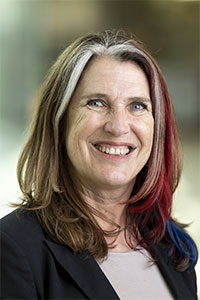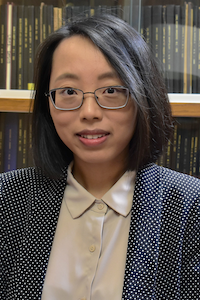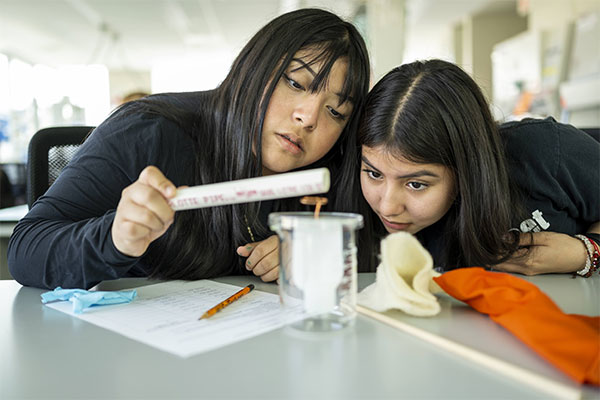A Morgridge-funded study on the effects of visual art on information recall was awarded the Second Place Faculty Paper Award in the Visual Communication Division at the 2023 Association for Education in Journalism and Mass Communication (AEJMC) conference earlier this month.

The study titled “Examining the potential effects of visual art on social media engagement and information recall,” was presented at the conference by UW–Madison assistant professor Nan Li. The research team previously published their findings in the journal Communications Earth and Environment, led by Li in collaboration with Isabel Villanueva, a doctoral student in the Department of Life Science Communication, Thomas Jilk and Dominique Brossard from UW–Madison, and Brianna Rae Van Matre from EcoAgriculture Partners.
The researchers used art by environmental activist and painter Diane Burko to survey how individuals engage with COVID-themed art on social media through several mockup Instagram posts. They concluded that one’s ability to recall information or engage with the art was not directly tied to their interest or education in art.

Villanueva sees the finding as beneficial to both scientists and artists when looking at avenues of science communication.
“This means that they can reach people regardless of whether they think they can understand art, or whether they have an art education,” she says. “If art is universal, or more universal than we think, then maybe that is a potential way to start broadening audiences.”
As the digital landscape continues to evolve, public and private research institutes are taking measures to refresh how they disseminate science to the general American public. Morgridge has since expanded its research themes to include science communication as a significant focus. Decidedly, this emphasis is necessary to facilitate the exchange of complex and revolutionary ideas from scientists to the public.
According to Brossard, Morgridge investigator and professor and chair in the Department of Life Sciences Communication at UW–Madison, it is critical for institutions to continue recent efforts of using the latest social science research if they want to avoid communicating in a vacuum.

“You need to understand how people think and process information if you really want to make a dent in a way that matters,” says Brossard.
Ultimately, Li and her team’s research shows how visual art can engage science audiences in a way that data-based communications cannot. While data is proven effective in communicating concrete information, it lacks the capacity to connect with audiences and drive emotion.
“Visuals do not just influence people’s understanding of the subject, they also provide a unique way for the public to understand what scientists can actually see, what scientists are imagining, and how scientists are pulling things together to develop the models they use to explain the world,” says Li. Moving forward, Brossard, Li and Villanueva look to explore other avenues of art in science communications outside of the digital sphere.

